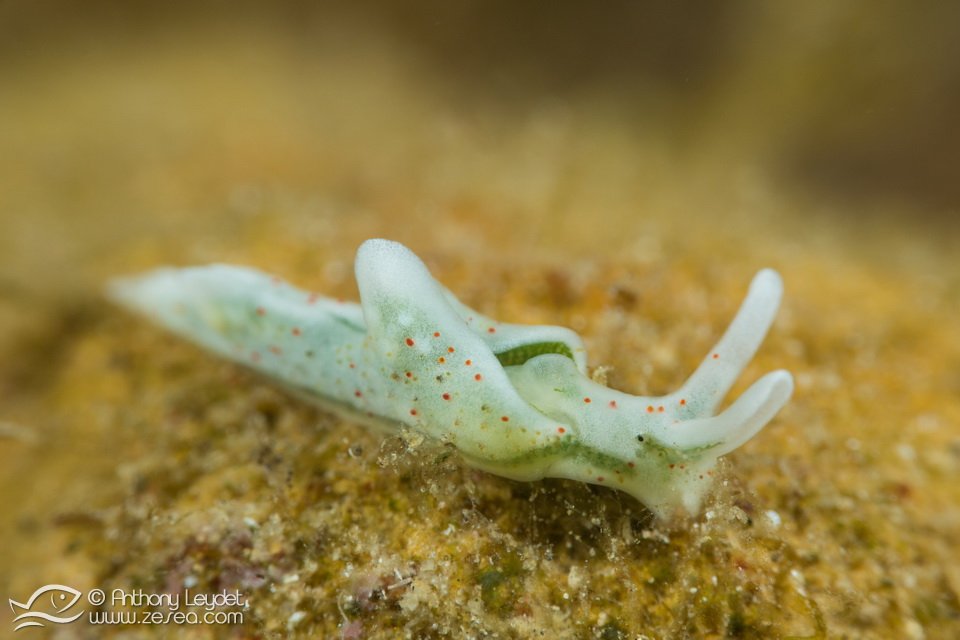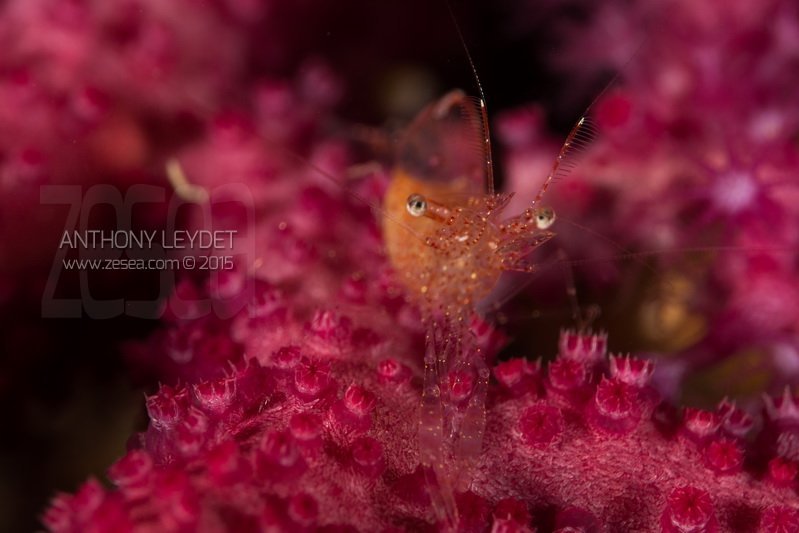Sommaire
Do you also want to find a multitude of small critters during your next dives ? Are you tired of others always finding them? Come on, don’t worry, with a little patience (and a good eyesight) and these few tips, you can become an expert at finding the most beautiful subjects for macro photography !
1. Dive with a local who knows a lot about macro photography !
Whether you are a novice in small animals or exploring a dive site for the first time, it is always pleasant and useful to be accompanied. You will lose less time, the eye of an expert will show you where to focus. There is nothing more frustrating than not knowing what you are looking for, and where to find it !
2. Evolve slowly
If you want to find tiny critters, you’ll have to slow down and focus on small areas. Because it is not by travelling the most distance that you will find more critters, quite the contrary ! Choose an area that seems to you to host a lot of fixed life (often rather sheltered from light) such as gorgonians, sponges, algae, etc….
3. Provide lighting
Without lighting, it will be very difficult to see the smallest animals. On the one hand, they are often lost in the middle of a multitude of colours. And on the other hand because very quickly, these colours become very dull, or even disappear in natural light. With your headlight and preferably a rather wide angle of light, you can reveal these colours, especially those of the nudibranchs, often very “flashy” !
4. Stay close to the substrate
Since these are very small subjects you are looking for, get to their scale! It is not by staying 3m from the substrate that you will see them best. So come closer… very close ! Try to move very slowly, staying within 50cm of where you are looking. I repeat, don’t forget to enlighten ! In this way, I am sure you will discover many species that you would never have seen otherwise…. Be careful with your balance, there is no question of ploughing the bottom to make a nice picture !
5. Get information
To help you know “What” to look for and “Where” to look for, there is nothing better than to research when you have time. In winter, for example, when you dive less. Because as I often say, you don’t look for what you don’t know. Feel free to take a look at this selection of 12 books for the bio diver !
With a little (no, actually, I mean a lot !) of patience, you’ll get caught up in the game as soon as you start finding these little animals. And to tell you the truth, once you start understanding them, you won’t stop ! To you the joys and frustrations of macro photography…



